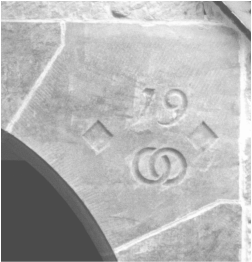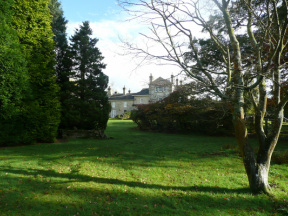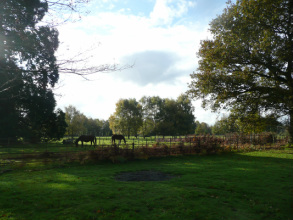 It’s unfortunate when a homeowner discovers that Listed Building Consent is indeed required for certain internal alterations when ‘a’ realtor advised them that the listing only related to the outside! However every cloud has a silver lining! The Murphy Associates team was engaged by a Kent-based planning consultant to produce a Statement of Significance/Compliance. In-depth historic research was undertaken revealing the history of a Grade II listed building, uncovering evidence to support works that had been undertaken in the past prior to listed and works which fell into the category of 'repairs'; justifying new works albeit retrospectively BUT more importantly averting enforcement action. If the Certificate of Lawfulness for Proposed Works to a Listed Building has been in place before events unfolding then a definitive answer could have been issued to avoid this type of situation occurring. A lesson learnt the hard way.
0 Comments
More reforms came into effect on 6th April 2014 as a result of the Enterprise and Regulatory Reform Act 2013 along with changes to the Planning (Listed Buildings and Conservation Areas) Act 1990. The changes include:
If you require further information of the above matters or wish to progress a review of a list description, Certificate of Lawfulness or a heritage partnership agreement, contact us at [email protected] As previously blogged the latest round of changes to the Town and Country Planning (General Permitted Development Order) 1995 that came into effect on 6th April 2014, brought with it further relaxations in favour of residential conversions.
4 new use classes of permitted development were introduced which allows the change of use of existing retail/office and agricultural buildings to dwellings. There is also provision for the conversion of agricultural buildings to state-funded schools or nurseries allowing more sensitive commercial activities in rural areas as well as the change of use of A1 retail units to A2 financial and professional services such as banks, building societies and credit unions. In addition, the change of use from an agricultural building to a dwelling can benefit from building works that are reasonably necessary in respect of the conversion. There are of course conditions that need to be met including a prior approval notice to the Local Planning Authority. And the changes are not allowed across the board. The burden is therefore on the applicant/landowner to demonstrate that any technical issues arising such as flood risk, transport and highways impact, noise and land contamination would be acceptable. Controls have also been put in place to ensure that those buildings that have already benefitted from a change of use or conversion to a dwelling under new Classes IA or MB do not benefit from permitted development rights under Classes A-E of the GPDO and would therefore require planning permission Should you wish to progress proposals and are not sure if you can benefit from the change to the GPDO we are here to help and advise. Contact us at [email protected] |
AuthorAdmin Archives
December 2019
Categories |




 RSS Feed
RSS Feed
